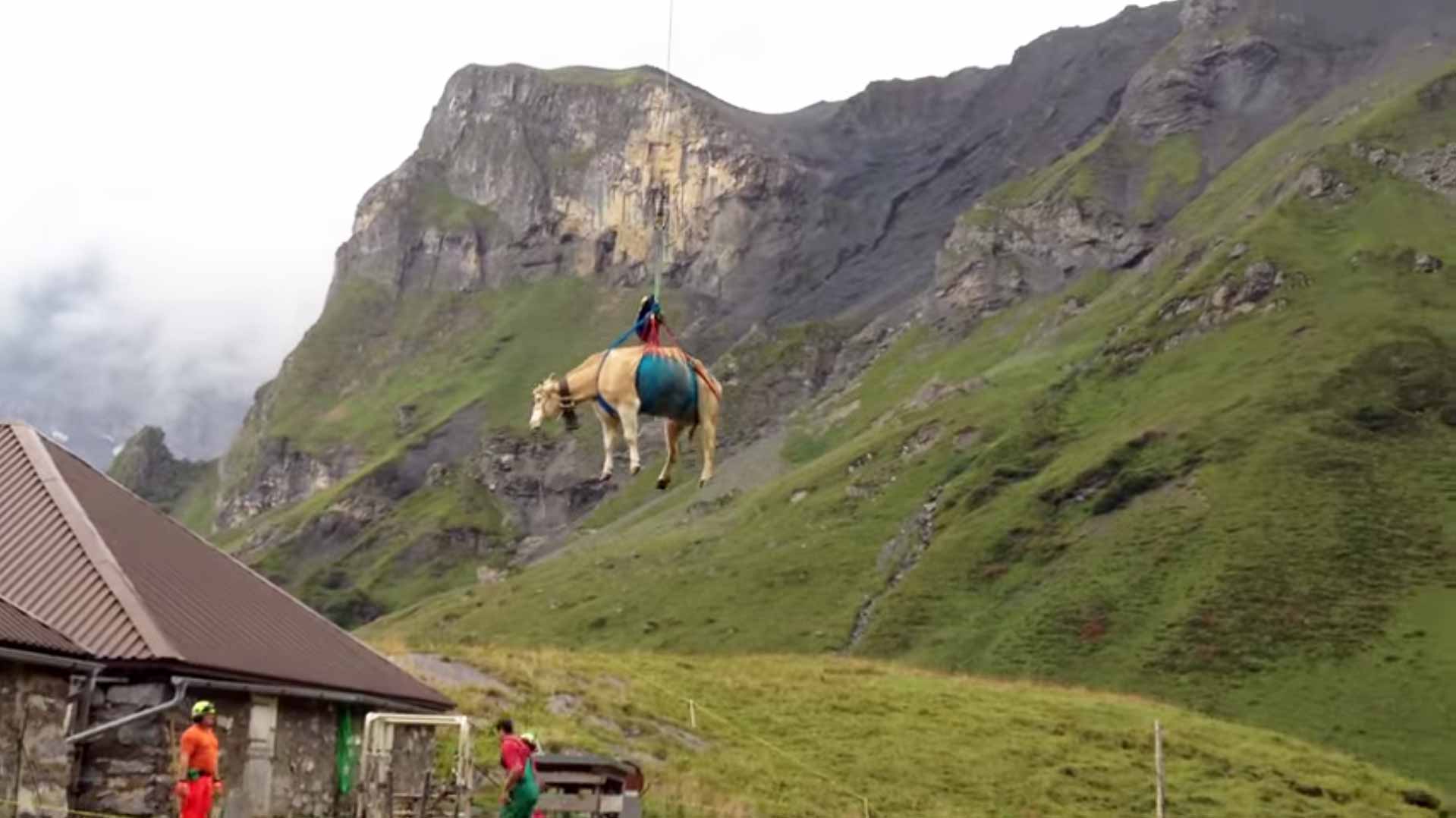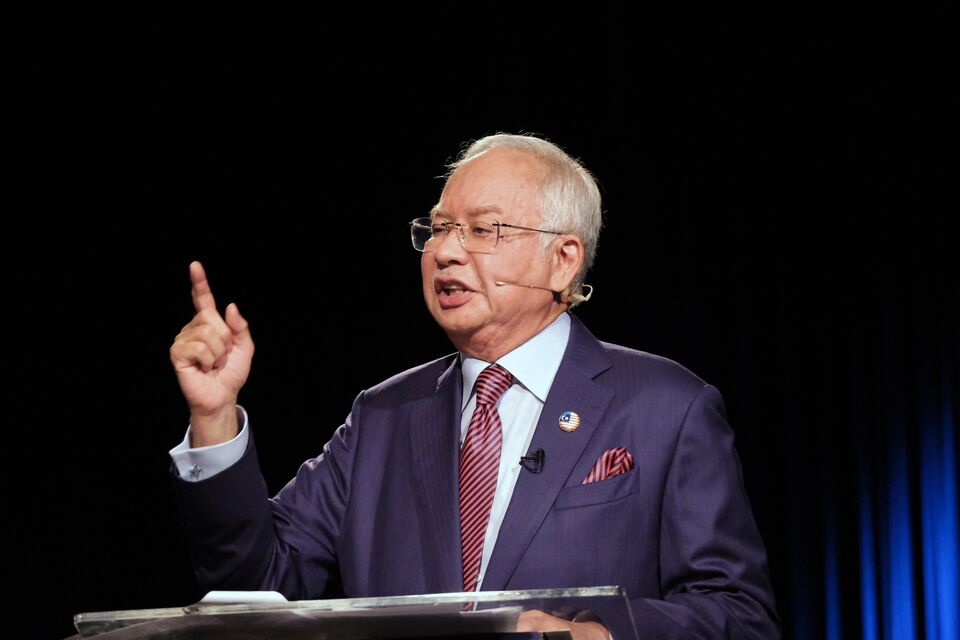Pete Townshend's Collaborative Process: From Studio To Stage

Table of Contents
The Studio Alchemy: Shaping Songs with The Who
Pete Townshend's songwriting collaboration with The Who is legendary. While he primarily wrote the songs, the input from Roger Daltrey, John Entwistle, and Keith Moon was crucial in transforming his initial ideas into the finished product. This collaborative approach to songwriting was central to The Who's unique sound.
-
Early songwriting process: Townshend often started with basic demos, capturing the core melody and lyrical ideas. These demos then served as the foundation for the band's collaborative sessions. He'd present a framework, and the others would contribute their interpretations and instrumental ideas.
-
The importance of improvisation and jam sessions: The studio wasn't just a place for recording; it was a creative playground. The band frequently engaged in extended jam sessions, allowing for spontaneous musical exploration and the development of unique arrangements. This improvisational element is evident in many of their iconic tracks.
-
Specific examples of songs showcasing collaborative elements: "Baba O'Riley," with its synthesized intro by Townshend and Entwistle’s distinctive bassline, is a perfect example. Similarly, "Won't Get Fooled Again" benefited from Moon's powerful drumming and Daltrey's emotive vocals, transcending Townshend's initial composition.
-
Role of the producer: The producer also played a vital role in guiding the collaborative process, helping to shape the songs and ensure a cohesive final product. They often acted as a mediator, balancing the band members’ creative contributions.
Instrumental Contributions and Arrangement
Beyond their primary instruments, Entwistle and Moon made pivotal contributions that significantly shaped The Who's sound.
-
Entwistle's basslines and songwriting contributions: Entwistle wasn't just a bassist; he was a songwriter in his own right, contributing several songs to The Who's repertoire. His distinctive basslines provided the rhythmic foundation for many of their most iconic tracks, adding a unique depth and texture to the overall sound. His compositions often showcased a darker, more complex side to the band's musical personality, complementing Townshend's often more melodic and anthemic compositions.
-
Moon's drumming style and its impact on the songs' energy: Keith Moon's explosive and unpredictable drumming style was an integral part of The Who's raw energy. His unique approach added a layer of unpredictability and excitement to their music, taking songs from good to unforgettable. He was a master of dynamics, capable of both delicate subtlety and ferocious power.
-
The interplay between instruments and its effect on the overall sound: The interplay between the instruments wasn’t just about individual contributions; it was a synergistic relationship. Each member's style reacted and built upon the others, creating a unique and powerful collective sound.
The Live Performance: Transforming Songs into Experiences
Pete Townshend's collaborative relationship with The Who extended far beyond the studio. Their live performances were a testament to their collaborative spirit and improvisational prowess. The Pete Townshend live performance collaboration was a dynamic and evolving aspect of their creative process.
-
The importance of improvisation and audience interaction: The Who's live shows were rarely identical; they were dynamic, ever-changing experiences. Improvisation played a significant role, responding to the energy of the audience and the spontaneous creativity of the band members. This dynamic interaction added a special element to each performance.
-
Examples of spontaneous changes and adaptations in live performances: Many recordings of their live shows showcase significant deviations from studio versions, demonstrating their willingness to experiment and adapt. This ability to seamlessly incorporate improvisation into their performances is part of what made them legendary.
-
The role of stage presence and visual elements in enhancing the collaborative experience: The Who's performances were not just about the music; they were a complete sensory experience. Townshend's energetic stage presence and the band's visual theatrics played an important role in creating a shared experience with the audience, furthering the sense of collaborative energy between the band and their fans.
-
How the energy of the audience impacted the band's performance and improvisation: The audience’s reaction fueled the band’s energy. The collective energy created a powerful feedback loop, with the audience’s enthusiasm enhancing the band's improvisation and overall performance.
Beyond the Band: Outside Collaborations
Townshend's collaborative spirit extended beyond The Who. He frequently worked with other artists, enriching his own creative process and influencing his musical style.
-
Specific examples of collaborations: While his collaborations with The Who dominate his discography, he’s also worked with various artists across genres, demonstrating a wide-ranging musical curiosity and willingness to collaborate beyond his established band. This further underscores the importance of collaboration in his creative approach.
-
How these collaborations impacted his approach to songwriting and performance: These outside collaborations exposed him to new perspectives and techniques, broadening his artistic horizons and informing his songwriting and performance style.
-
The benefits of diverse creative input on his musical style: The diverse creative input he received from these collaborations helped him push boundaries and explore new directions, strengthening his unique musical identity.
The Evolution of Townshend's Collaborative Style
Pete Townshend's collaborative methods weren't static; they evolved over time, shaped by the changing dynamics within The Who, his personal experiences, and technological advancements. Understanding this Pete Townshend collaborative evolution is crucial for grasping the breadth of his artistic journey.
-
Changes in the band's dynamics and their impact on the creative process: The band's internal relationships changed over the years, impacting how they worked together musically. These shifts in dynamics directly influenced the band's creative output and their collaborative approaches.
-
How his personal experiences influenced his collaborations: Townshend’s personal experiences, both positive and negative, undeniably influenced his collaborations, adding layers of meaning and depth to his work. He often channeled these experiences into his songwriting, leading to both highly personal and universally relatable works.
-
The influence of technology and recording techniques on his approach: Technological advancements profoundly affected his approach to music creation, impacting his compositional processes and opening doors to new possibilities. He embraced technological innovation as a tool to enhance the creative process and his collaborations.
-
A comparison of his early and later collaborative styles: Comparing his early work with The Who to his later projects reveals the evolution of his collaborative style, reflecting both personal growth and musical exploration. This comparison allows for a deeper understanding of the evolution of his creative methodology.
Conclusion
Pete Townshend's collaborative process, encompassing both studio recordings and electrifying live shows, wasn't just a method of creating music; it was a crucial element shaping The Who's identity and lasting impact on rock music. From the intricate interplay of instruments in the studio to the spontaneous energy of live performances, collaboration was the lifeblood of their creativity. The evolution of his collaborative style, influenced by band dynamics, personal growth, and technological advancements, provides insights into the ongoing artistic quest for creative synergy. To further explore the fascinating world of Pete Townshend's collaborative process, delve into the countless recordings, biographies, and documentaries available, and witness firsthand the magic created when musical genius meets collaborative spirit. Understand the intricate details of the Pete Townshend collaborative process and its enduring legacy.

Featured Posts
-
 The China Market A Critical Analysis Of Bmw And Porsches Performance
May 23, 2025
The China Market A Critical Analysis Of Bmw And Porsches Performance
May 23, 2025 -
 Helicopter And On Foot Evacuation Of Livestock Amidst Swiss Landslide Fears
May 23, 2025
Helicopter And On Foot Evacuation Of Livestock Amidst Swiss Landslide Fears
May 23, 2025 -
 New County Season Anticipation Builds With Familiar Faces And Tight Trophy Races
May 23, 2025
New County Season Anticipation Builds With Familiar Faces And Tight Trophy Races
May 23, 2025 -
 My Sharjah Rental Experience More Space Less Cost Compared To Dubai
May 23, 2025
My Sharjah Rental Experience More Space Less Cost Compared To Dubai
May 23, 2025 -
 Conflict Resolution Wolves And Communities In The North State
May 23, 2025
Conflict Resolution Wolves And Communities In The North State
May 23, 2025
Latest Posts
-
 High Stock Market Valuations A Bof A Analysts Take On Investor Concerns
May 23, 2025
High Stock Market Valuations A Bof A Analysts Take On Investor Concerns
May 23, 2025 -
 Thames Waters Financial Troubles And The Questionable Executive Bonuses
May 23, 2025
Thames Waters Financial Troubles And The Questionable Executive Bonuses
May 23, 2025 -
 Public Outcry Over Thames Waters Executive Bonus Payments
May 23, 2025
Public Outcry Over Thames Waters Executive Bonus Payments
May 23, 2025 -
 Investigation Reveals Najib Razaks Potential Role In French Submarine Corruption
May 23, 2025
Investigation Reveals Najib Razaks Potential Role In French Submarine Corruption
May 23, 2025 -
 Is The Pilbara A Wasteland Rio Tintos Perspective
May 23, 2025
Is The Pilbara A Wasteland Rio Tintos Perspective
May 23, 2025
